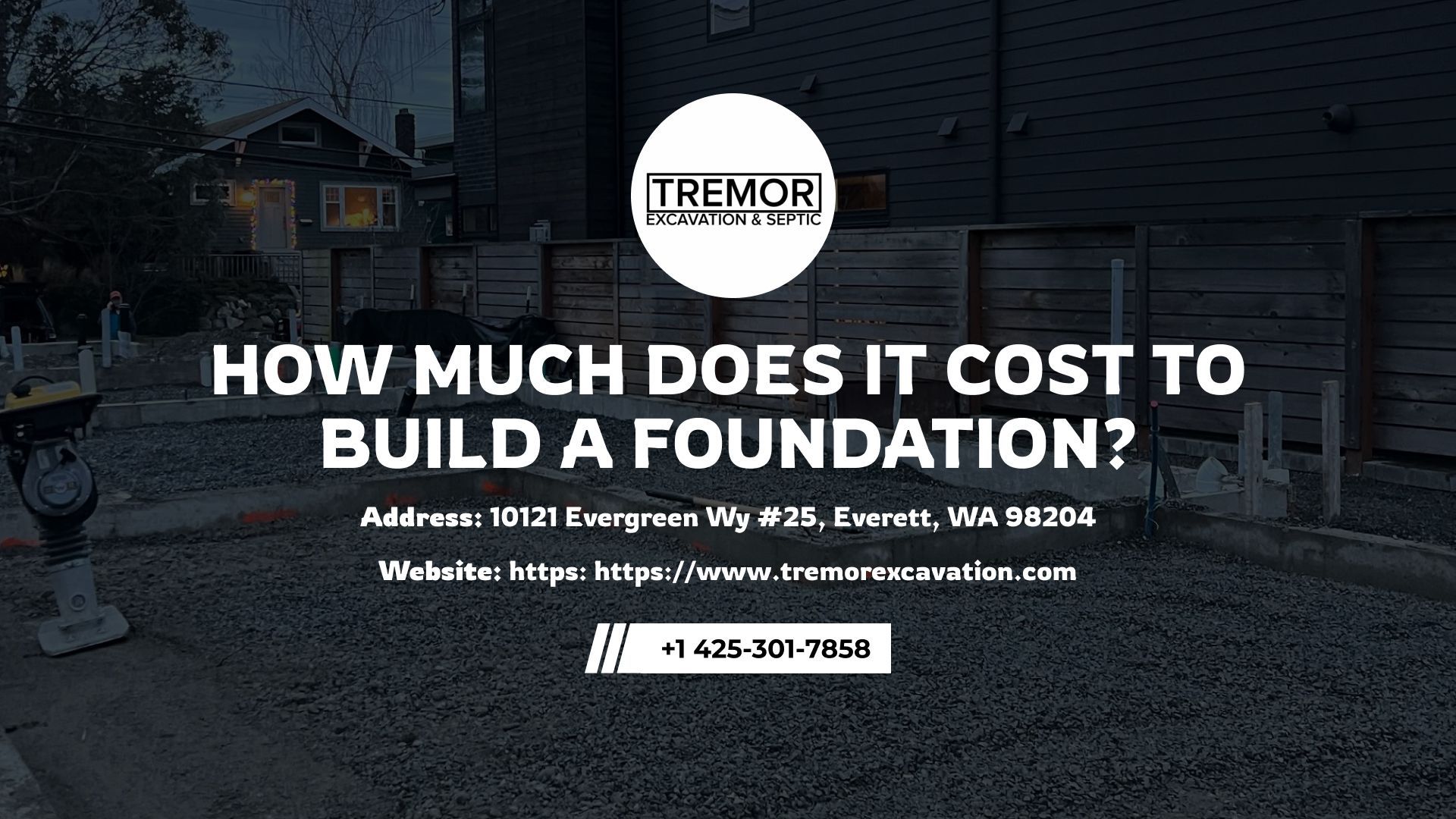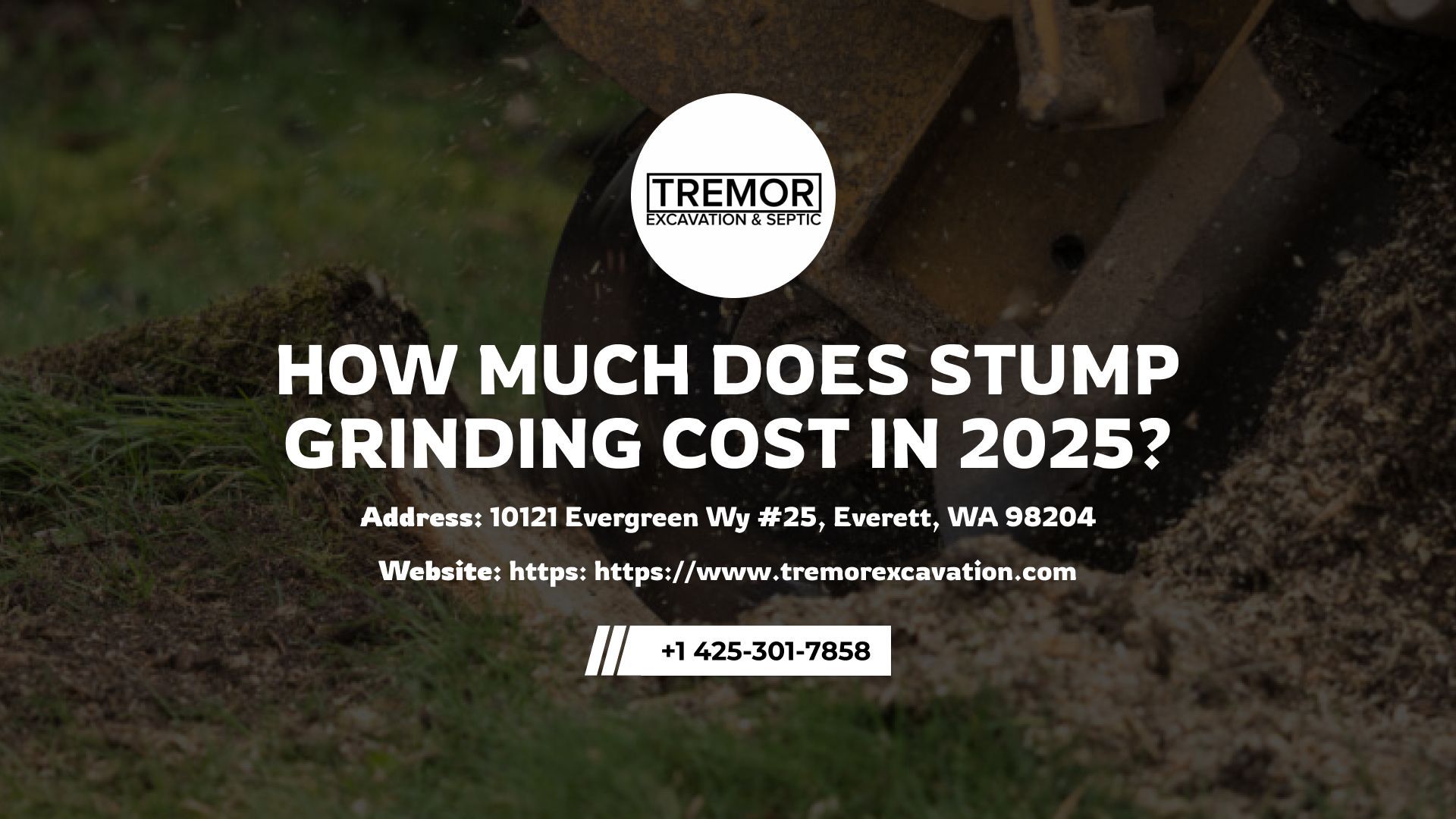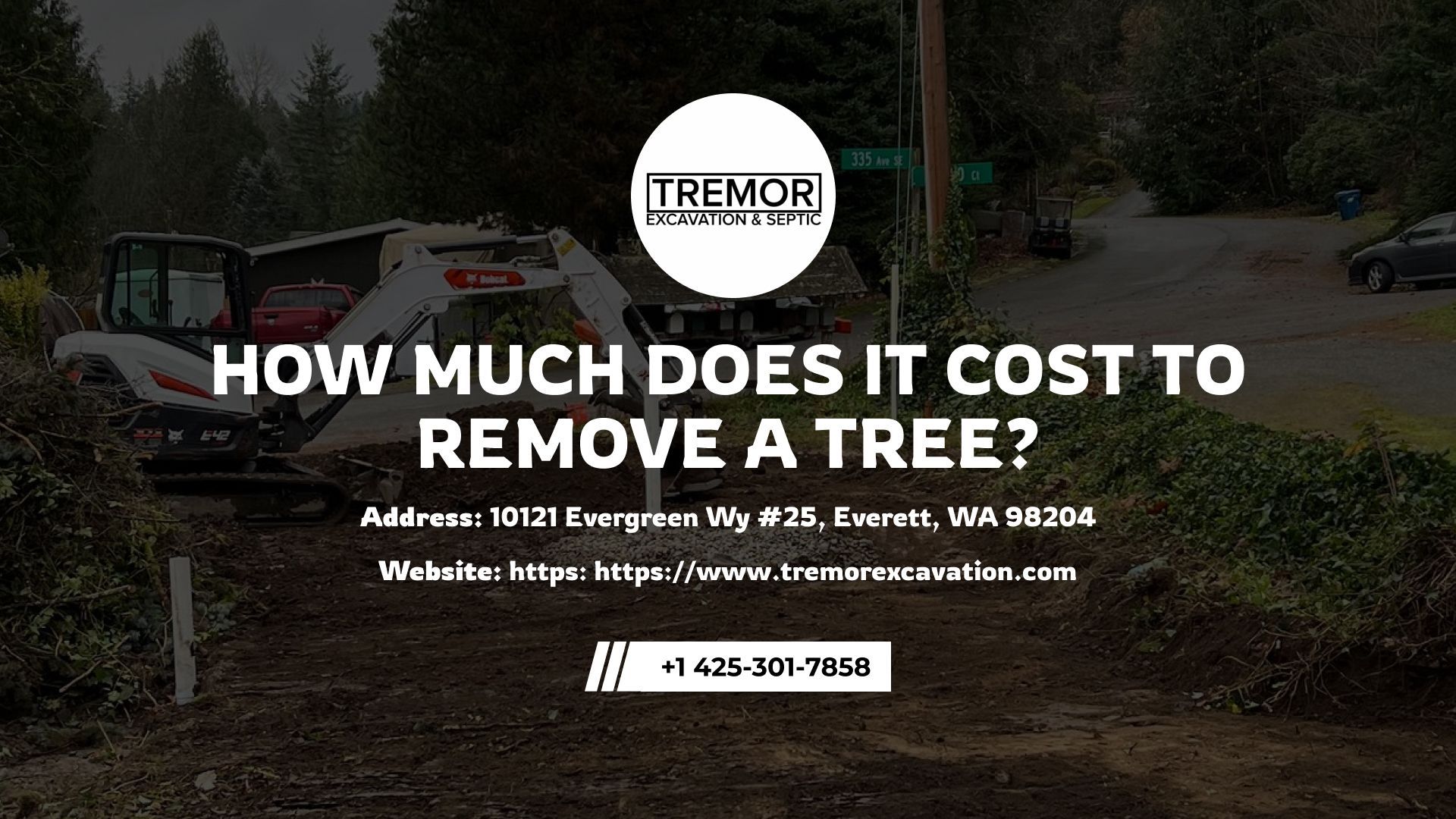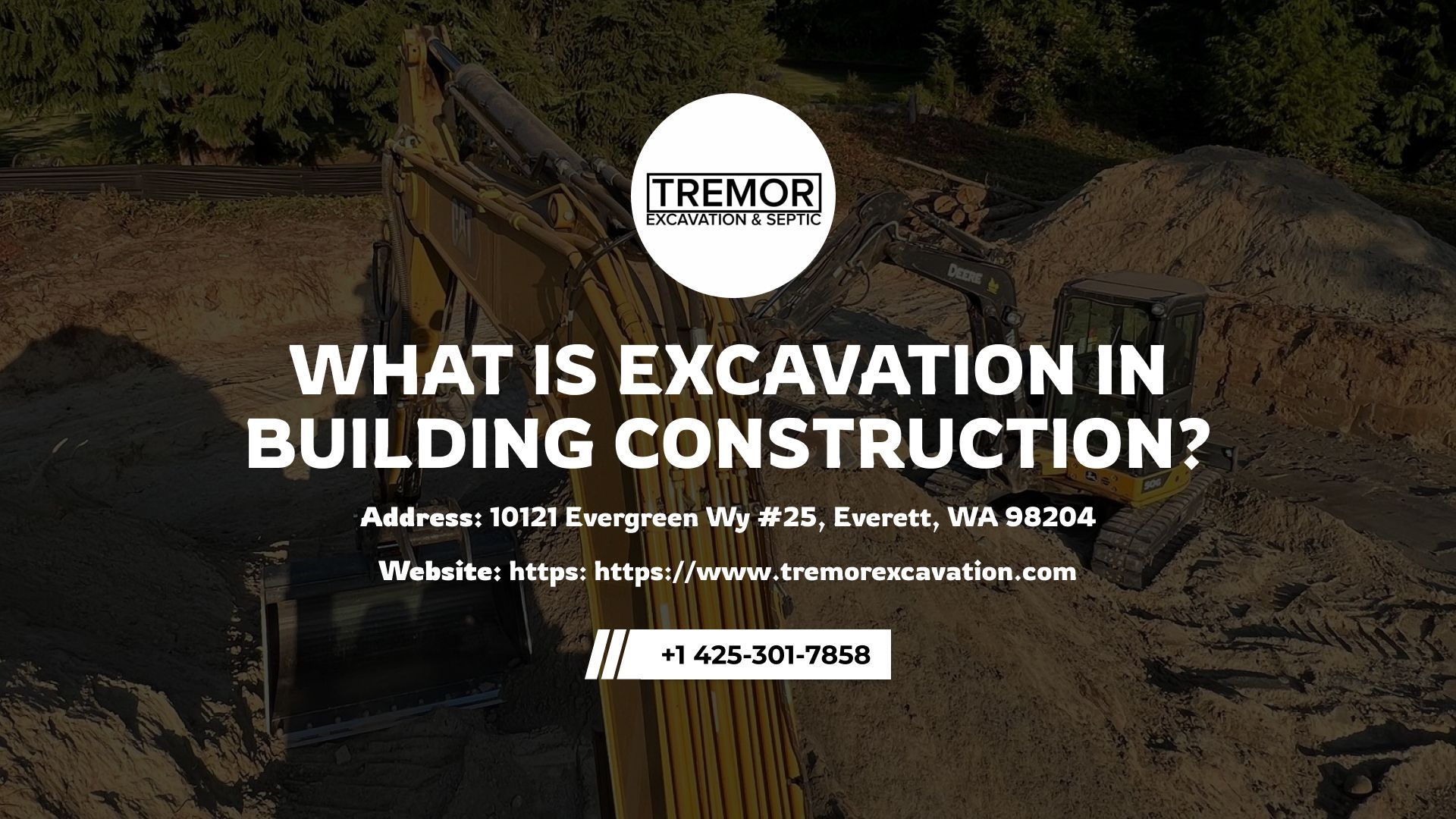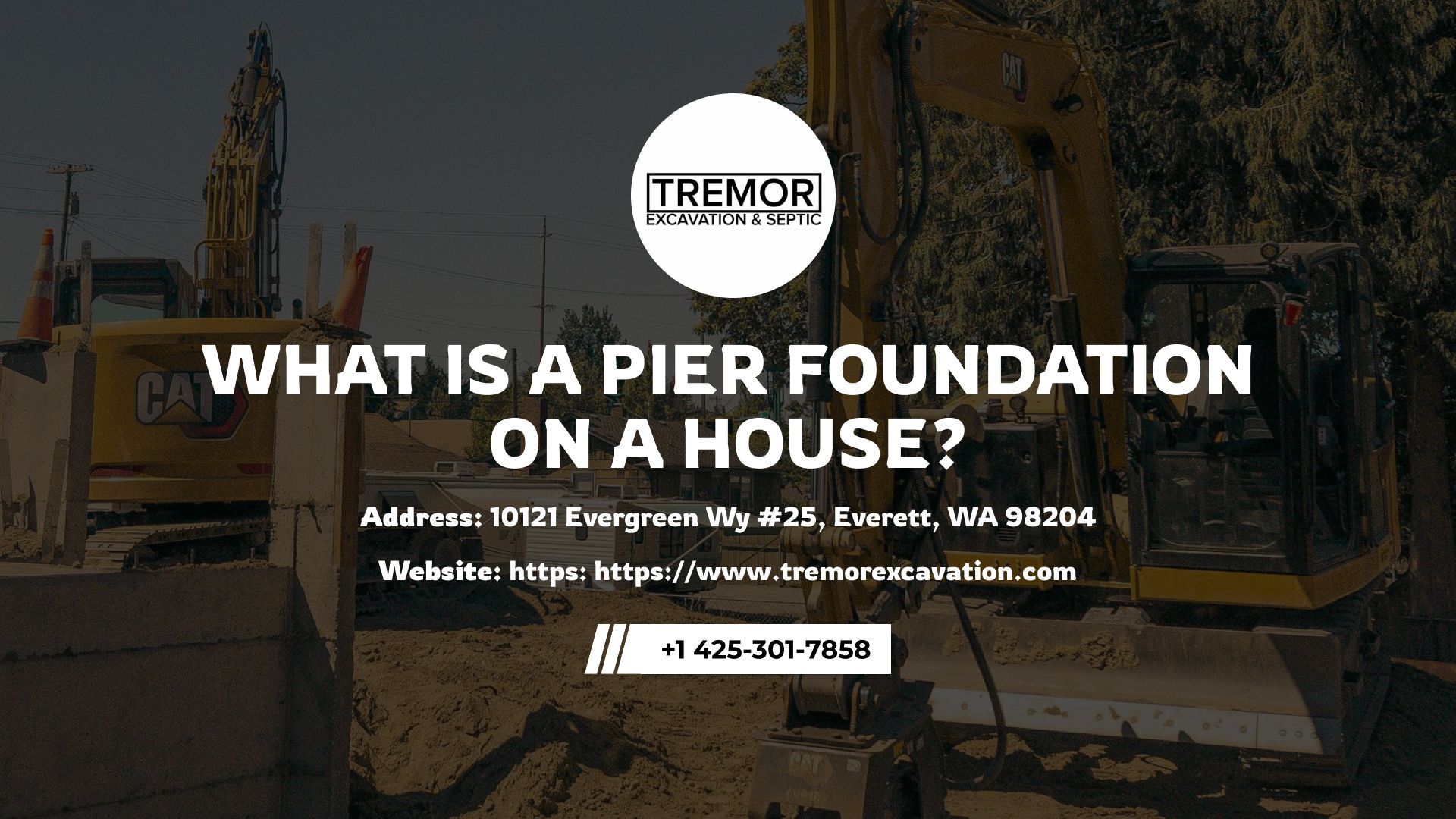Top Common Foundation Problems & What Causes Them
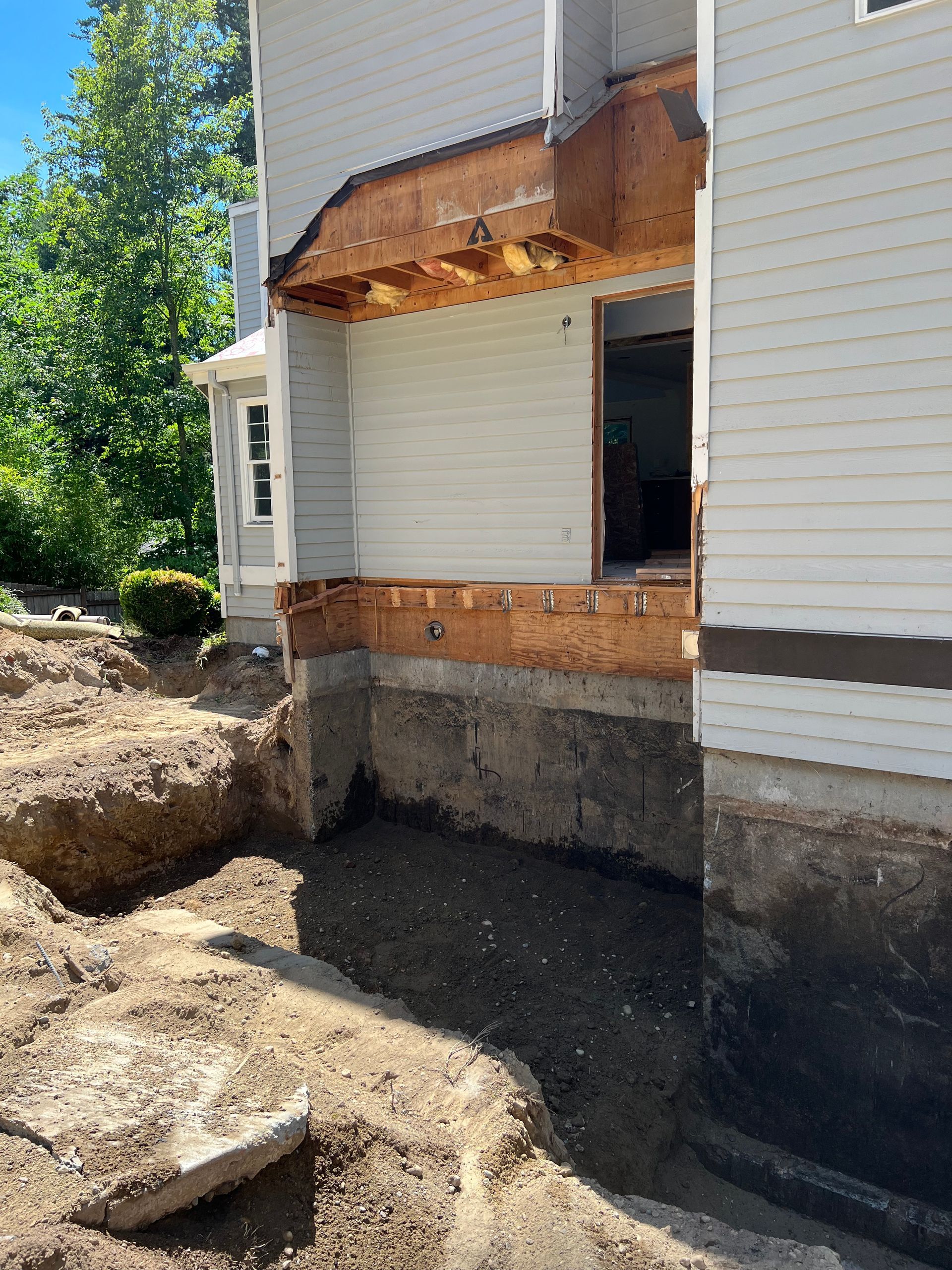
Cracks in your walls, sloping floors, or musty odors are often signs of hidden foundation problems. Understanding what causes foundation issues helps homeowners prevent costly repairs and protect their home’s structural safety. In this guide, Tremor Excavation & Septic explains the most common foundation issues, what causes them, and how to catch them early.
Key Takeaways
- Foundation cracks, sloping floors, and musty odors are among the most common early signs of structural issues.
- Soil movement, poor drainage, plumbing leaks, and tree roots are leading causes of foundation problems.
- Expansive clay soils pose the highest risk, requiring drainage systems and foundation reinforcement to stabilize.
- Prevention through maintenance, such as grading soil, extending downspouts, and managing vegetation, can reduce long-term damage.
- Professional foundation inspections detect both visible and hidden problems using moisture readings, soil tests, and level checks.

Why Foundation Problems Are A Big Deal
To understand why foundation problems matter, consider how a weakened base leads to stress across your entire home. Left untreated, small cracks can lead to major structural shifts, safety risks, and expensive renovations. Early inspections and repairs protect both your investment and your peace of mind.
6 Most Common Foundation Problems
Homes can experience different types of foundation problems, from visible cracks to hidden soil shifts. Below are 6 of the most frequent warning signs.
Cracks In Foundation Walls Or Basement Floors
Pressure from expansive soil, water intrusion, and uneven settling can cause cracks in concrete walls or floors. Vertical cracks under 1/8 inch are usually cosmetic, while horizontal or diagonal cracks wider than 1/4 inch may indicate structural stress and require professional repair.
Uneven Or Sagging Floors
Sinking subfloors or shifting support beams often lead to sloping, creaking, or uneven surfaces. These symptoms typically worsen over time and may signal deeper soil instability.
Doors And Windows That Stick Or Don’t Close Properly
Framing shifts from soil movement or foundation settlement often show up as jamming doors or sticking windows. These signs usually appear before cracks become visible.
Bowing Walls Or Tilting Chimneys
Lateral pressure from saturated soil, combined with poor reinforcement, can cause basement walls to bow inward or chimneys to lean outward.
Musty Smells, Water Damage, Or Mold Growth
A persistent musty odor lasting more than 3 days may point to trapped humidity. Moisture from hydrostatic pressure, leaks, or blocked drains creates ideal conditions for mold and mildew.
What Causes Foundation Issues?
Knowing what causes foundation issues helps prevent them before damage spreads. Here are the 7 most common reasons:
Expansive Or Unstable Soil
Certain soils expand when wet and shrink when dry, creating constant stress on the foundation base. Clay is especially prone to swelling and cracking.
| Soil Type | Behavior | Risk | Fix |
|---|---|---|---|
| Clay | Expands/shrinks with moisture | High | Add proper drainage and piers |
| Sand | Shifts under heavy load | Medium | Compact soil and reinforce |
| Silt | Retains water | Medium | Install perimeter drains |
| Loam | Balanced moisture control | Low | Maintain grading |
Poor Drainage Around The Home
Improper water flow around the house can build up pressure behind foundation walls and force moisture into cracks.
| Issue | Symptom | Quick Fix | Professional Fix |
|---|---|---|---|
| Blocked gutters | Overflow near the foundation | Clean regularly | Install gutter guards |
| Short downspouts | Water near walls | Add extensions | Redirect underground |
| Low grading | Pooling water | Regrade soil | French drain system |
Plumbing Leaks Or Septic Overflows
Undetected plumbing leaks or septic tank overflows saturate the soil beneath your foundation, weakening its support and causing uneven settling.
Tree Roots And Overgrown Landscaping
Tree roots can extract too much moisture from the soil or grow directly beneath foundations, potentially causing damage. This creates voids and can lead to cracking or displacement. Trees should be planted at least 10–15 feet from the house.
If the tree threatens your foundation, removal may be the safest option. You can see the full tree removal cost guide to understand pricing for your situation.
Poor Construction Or Design Errors
Foundations with insufficient depth, thin concrete, or inadequate reinforcement are more prone to cracking and shifting. Builders must follow engineering and soil report guidelines to avoid early failure.
Heavy Loads And Home Additions
Adding fireplaces, sunrooms, or multi-story expansions may exceed the original foundation’s load-bearing design, causing differential settlement and structural imbalance. In such cases, understanding the cost of a foundation can help assess the risks.
Extreme Weather & Natural Events
Events such as droughts, heavy rains, frost heave, or earthquakes can disrupt soil composition and foundation alignment. Seasonal expansion and contraction cycles add cumulative stress.
Early Warning Signs Of Foundation Damage
Detecting subtle signs early can prevent larger repairs later. Monitor your home for both indoor and outdoor indicators:
Indoor Warning Signs
- Drywall cracks near door or window corners
- Sloping or bouncy floors
- Doors that stick or swing open on their own
- Trim or baseboards pulling away from the walls
Outdoor Warning Signs
- Cracks in the brick siding or foundation
- Leaning chimneys
- Gaps around doors or windows
- Separation between steps and the home
Simple Ways To Prevent Foundation Problems
To prevent foundation issues, maintain proper water drainage, monitor vegetation, and manage soil moisture proactively. Follow these steps to protect your foundation:
- Clean gutters and downspouts regularly.
- Extend downspouts 6–10 feet from the house.
- Keep soil sloped away from the foundation.
- Use soaker hoses during droughts to maintain soil moisture.
- Trim or remove trees too close to the structure.
How A Professional Foundation Inspection Works
Professional foundation inspections identify both visible and hidden damage. At Tremor Excavation & Septic, our process includes:
- Visual inspection of interior and exterior surfaces
- Level checks using lasers or measurement strings
- Moisture readings and drainage evaluation
- Soil testing for load capacity and compaction
- Detailed reports with repair recommendations and estimates
Book Foundation Service Near Me Today!
Noticing cracks, musty smells, or uneven floors? Schedule an inspection with
Tremor Excavation & Septic, your trusted
foundation contractor near me. We deliver reliable, code-compliant foundation support across residential and commercial projects. Call now for a free consultation.
FAQs
What are the early signs of foundation failure?
Cracks, sloping floors, sticking doors, and wall gaps are common early signs of foundation damage.
Can bad drainage really cause cracks?
Yes. Poor drainage creates hydrostatic pressure that weakens concrete and causes foundation cracks.
How do tree roots affect the foundation?
Roots remove soil moisture, causing shrinkage and uneven support beneath the foundation.
Are small foundation cracks serious?
Hairline cracks under 1/8 inch are normal, but widening or diagonal cracks over 1/4 inch may indicate structural movement.
How often should I schedule a foundation inspection?
Inspect at least once a year and after heavy storms or flooding.

